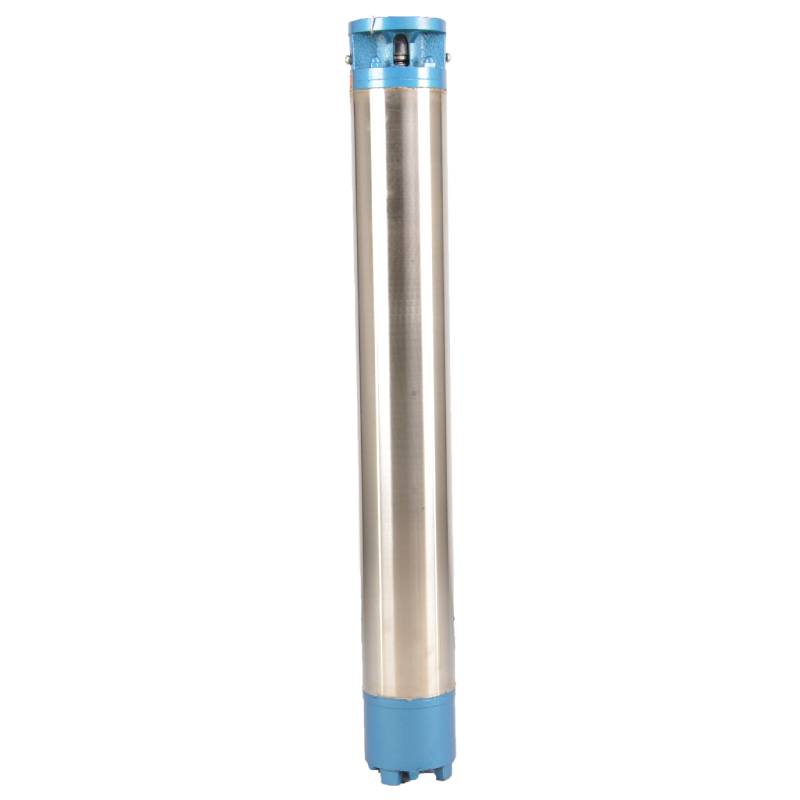Nov . 17, 2024 08:53 Back to list
Compact 110V Submersible Well Pump for Efficient Water Extraction and Maintenance
Understanding Submersible Well Pumps A Focus on 110V Models
Submersible well pumps play a crucial role in the extraction of groundwater from deep beneath the Earth's surface. These pumps are designed to operate underwater, making them ideal for applications in deep wells where traditional pumps may be ineffective. One popular category of submersible well pumps is the 110V model, which is particularly beneficial for residential and small agricultural applications.
A submersible well pump is encapsulated within a cylindrical casing that is designed to withstand the external pressure of the water surrounding it. The pump operates by utilizing a series of impellers to push water to the surface. When a 110V model is used, it typically is powered by standard household electricity, making it accessible for many users without the need for sophisticated electrical systems.
Understanding Submersible Well Pumps A Focus on 110V Models
In terms of performance, 110V submersible well pumps are versatile and can be found in various sizes and capacities to accommodate different depths and flow rates. They are commonly used for domestic water supply, irrigation, and even in some light industrial applications. The capacity of a pump is typically measured in gallons per minute (GPM), and choosing the right size is crucial for meeting specific water demands. For instance, a household may require a pump capable of delivering 5-10 GPM for regular usage, while agricultural operations may need pumps that deliver significantly higher outputs.
submersible well pump 110v

However, there are some considerations when selecting a 110V submersible well pump. It is essential to assess the depth of the well, the distance the water needs to travel, and the total dynamic head (TDH) required. The TDH is the total height the pump needs to lift the water, which includes both vertical and horizontal distances, as well as friction loss in the pipes.
Durability is another critical factor. Many 110V submersible well pumps are made from stainless steel or high-grade plastics that resist corrosion and wear over time. This durability not only extends the lifespan of the pump but also ensures that it can function effectively in various water conditions, including those that may contain sediment or other particulates.
Regular maintenance is essential to ensure the longevity and efficiency of a submersible well pump. Users should routinely check for any signs of wear or damage, inspect the electrical connections, and ensure that the pump is operating at the correct voltage. Implementing a preventive maintenance schedule can help avoid costly repairs and downtime.
In conclusion, 110V submersible well pumps are essential tools for accessing groundwater in various settings. Their ease of installation, efficiency, and adaptability make them a popular choice among homeowners and small-scale operators. By understanding their functionality and maintenance needs, users can ensure reliable water access for years to come.
-
Submersible Water Pump: The Efficient 'Power Pioneer' of the Underwater World
NewsJul.01,2025
-
Submersible Pond Pump: The Hidden Guardian of Water Landscape Ecology
NewsJul.01,2025
-
Stainless Well Pump: A Reliable and Durable Pumping Main Force
NewsJul.01,2025
-
Stainless Steel Submersible Pump: An Efficient and Versatile Tool for Underwater Operations
NewsJul.01,2025
-
Deep Well Submersible Pump: An Efficient 'Sucker' of Groundwater Sources
NewsJul.01,2025
-
Deep Water Well Pump: An Efficient 'Sucker' of Groundwater Sources
NewsJul.01,2025
-
 Submersible Water Pump: The Efficient 'Power Pioneer' of the Underwater WorldIn the field of hydraulic equipment, the Submersible Water Pump has become the core equipment for underwater operations and water resource transportation due to its unique design and excellent performance.Detail
Submersible Water Pump: The Efficient 'Power Pioneer' of the Underwater WorldIn the field of hydraulic equipment, the Submersible Water Pump has become the core equipment for underwater operations and water resource transportation due to its unique design and excellent performance.Detail -
 Submersible Pond Pump: The Hidden Guardian of Water Landscape EcologyIn courtyard landscapes, ecological ponds, and even small-scale water conservancy projects, there is a silent yet indispensable equipment - the Submersible Pond Pump.Detail
Submersible Pond Pump: The Hidden Guardian of Water Landscape EcologyIn courtyard landscapes, ecological ponds, and even small-scale water conservancy projects, there is a silent yet indispensable equipment - the Submersible Pond Pump.Detail -
 Stainless Well Pump: A Reliable and Durable Pumping Main ForceIn the field of water resource transportation, Stainless Well Pump has become the core equipment for various pumping scenarios with its excellent performance and reliable quality.Detail
Stainless Well Pump: A Reliable and Durable Pumping Main ForceIn the field of water resource transportation, Stainless Well Pump has become the core equipment for various pumping scenarios with its excellent performance and reliable quality.Detail
